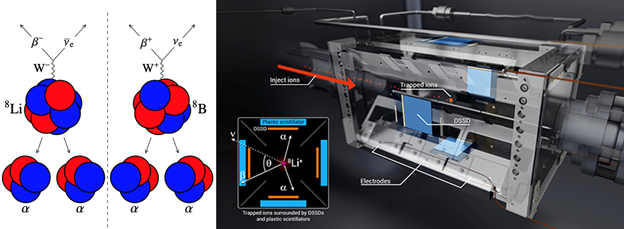
New Beta-Decay Measurements in Mirror Nuclei Pin Down the Weak Nuclear Force
Scientists develop a new method to characterize the properties of one of the four fundamental forces of nature.

Scientists develop a new method to characterize the properties of one of the four fundamental forces of nature.
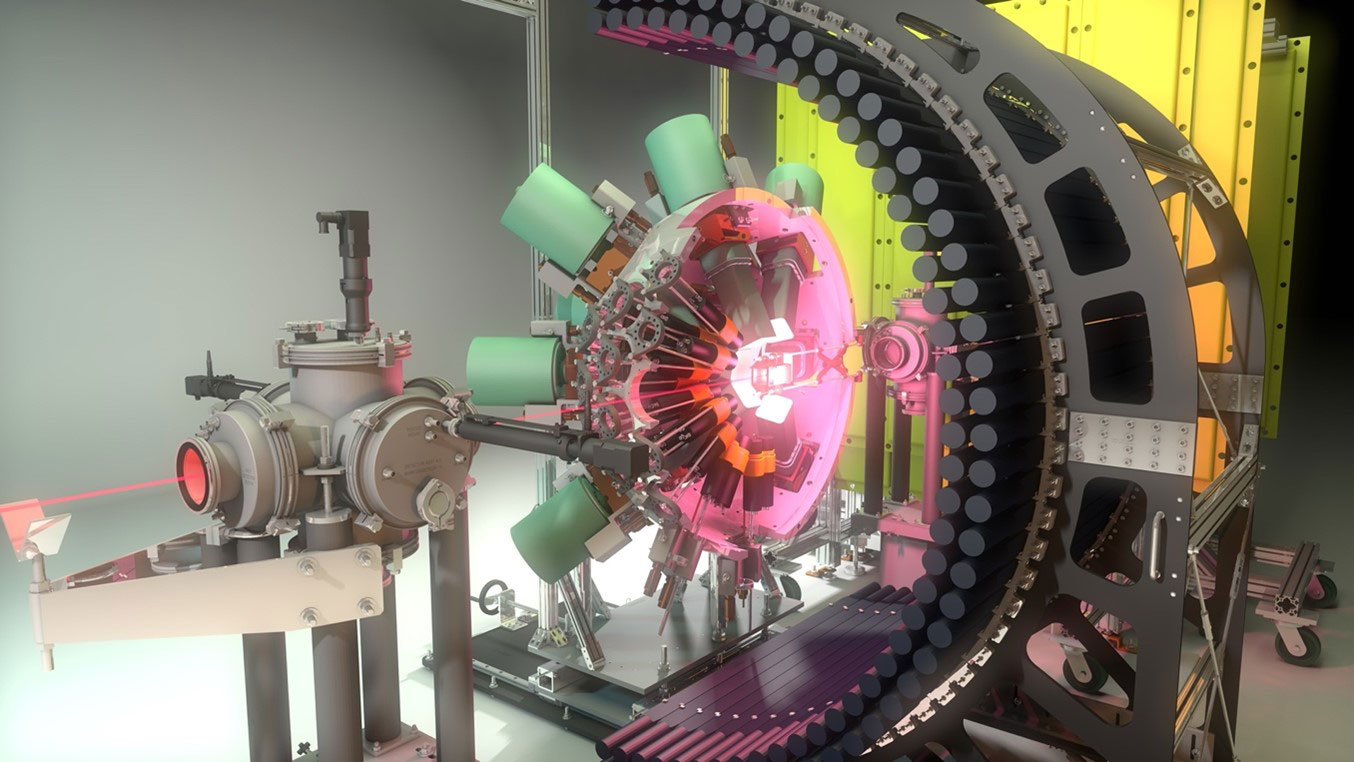
A newly discovered excited state in radioactive sodium-32 has an unusually long lifetime, and its shape dynamics could be the cause.
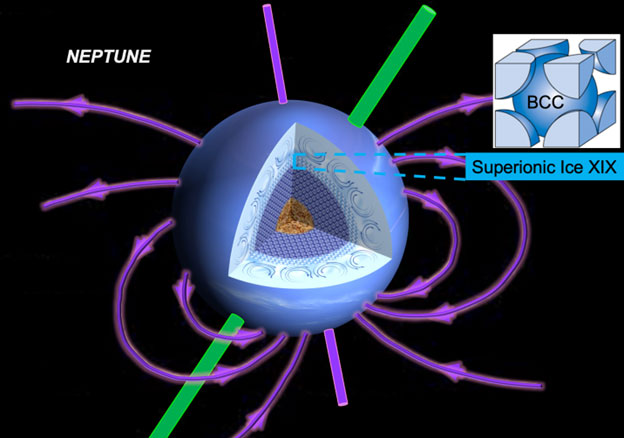
Ultrafast X-ray studies reveal the existence of Superionic Ice XIX, which could explain the unusual magnetic fields of icy giant planets.
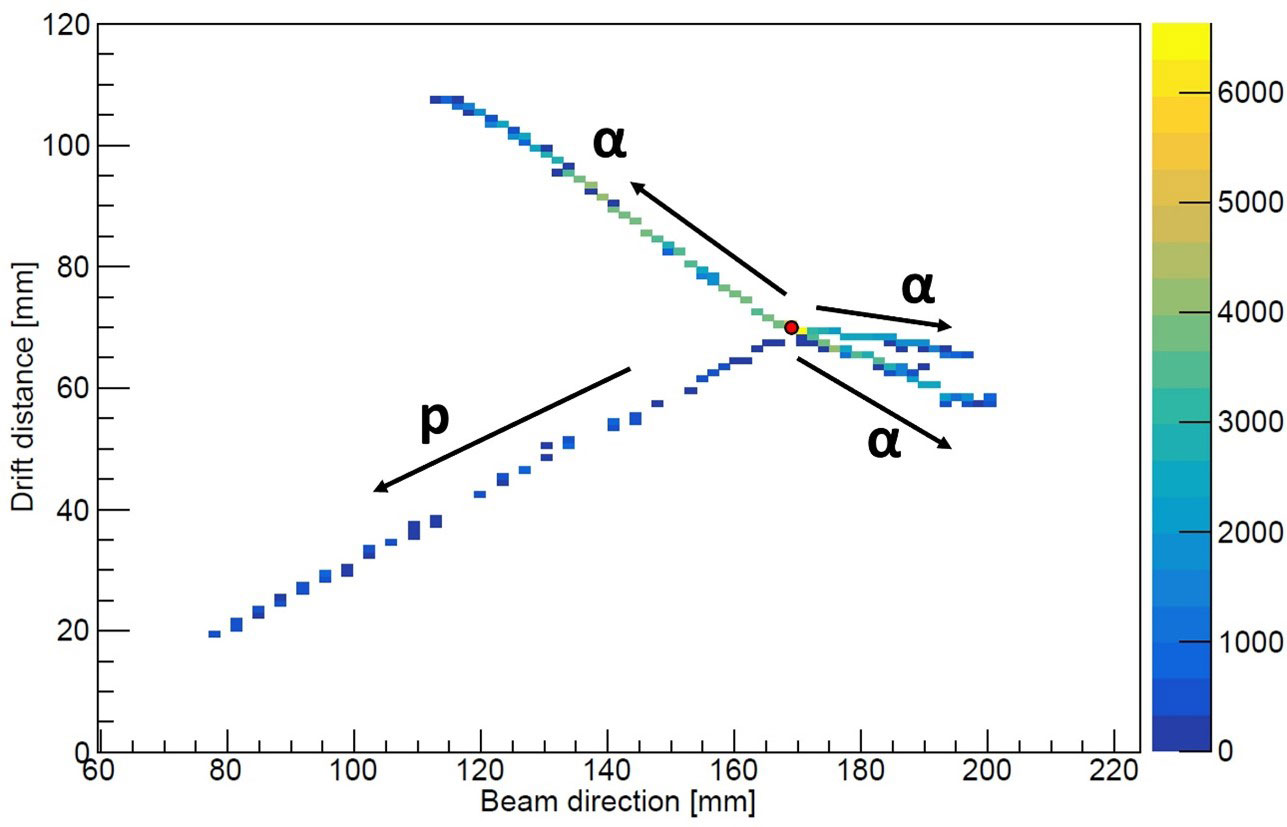
For the first time, scientists observe a new and rare decay mode where oxygen-13 breaks into three helium nuclei and a proton following beta decay.
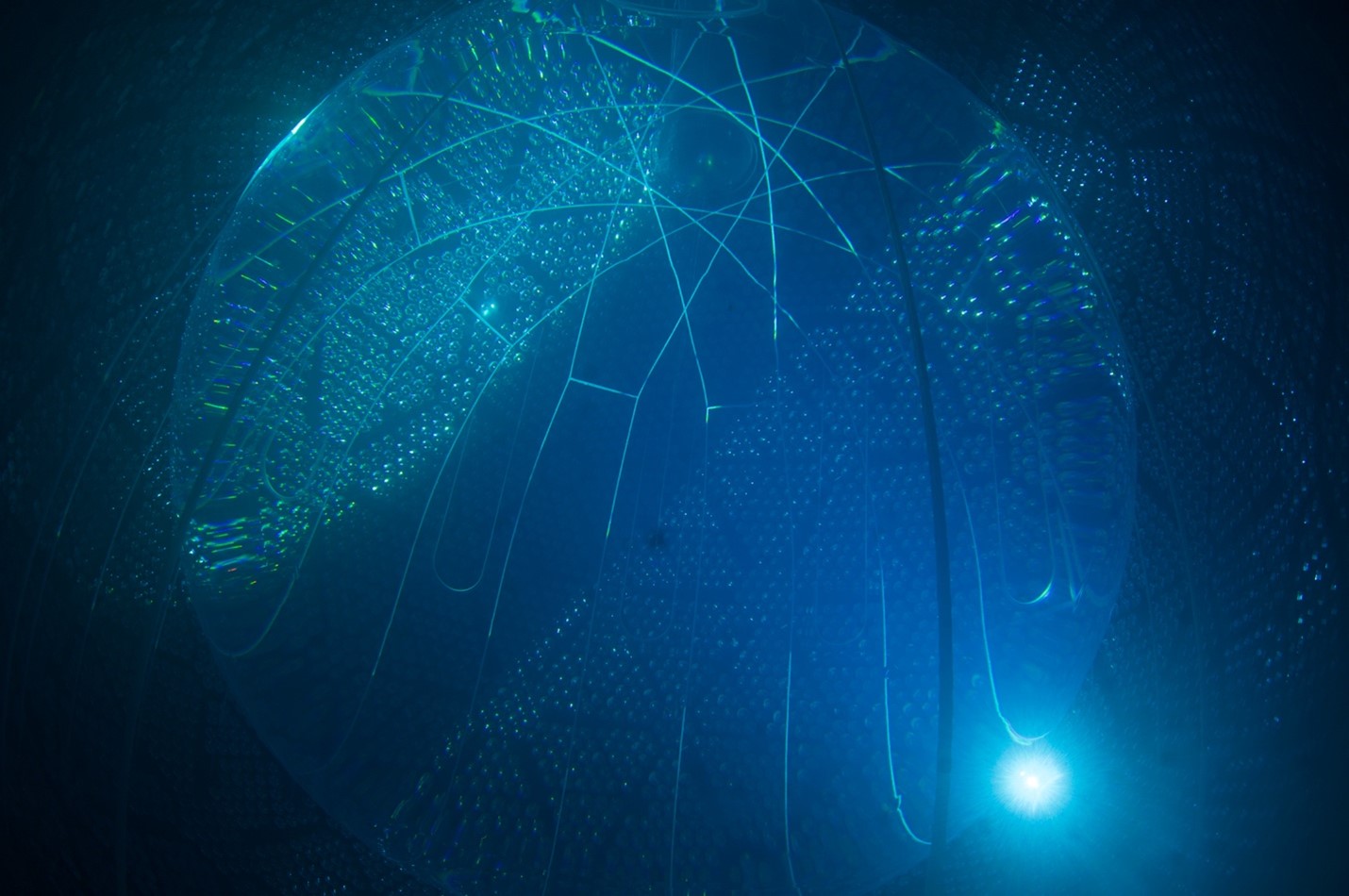
The SNO+ experiment has for the first time shown that neutrinos from a nuclear reactor over 240 km away can be detected with plain water.
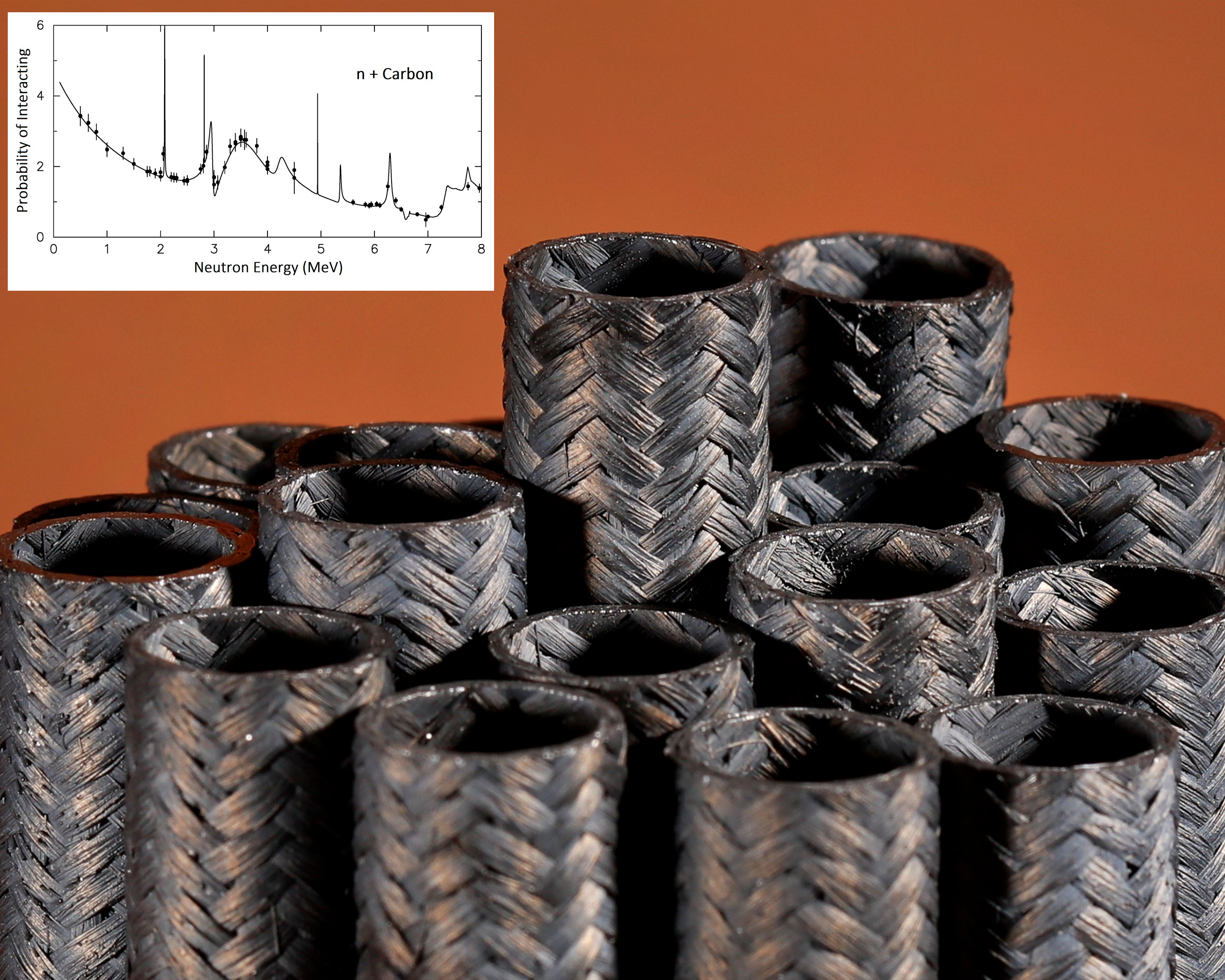
Researchers study the energy and angular dependence of how neutrons scatter off materials to improve reactor safety and efficiency.

Long predicted by theory with support from supercomputers, this combination of neutrons advances nuclear physics
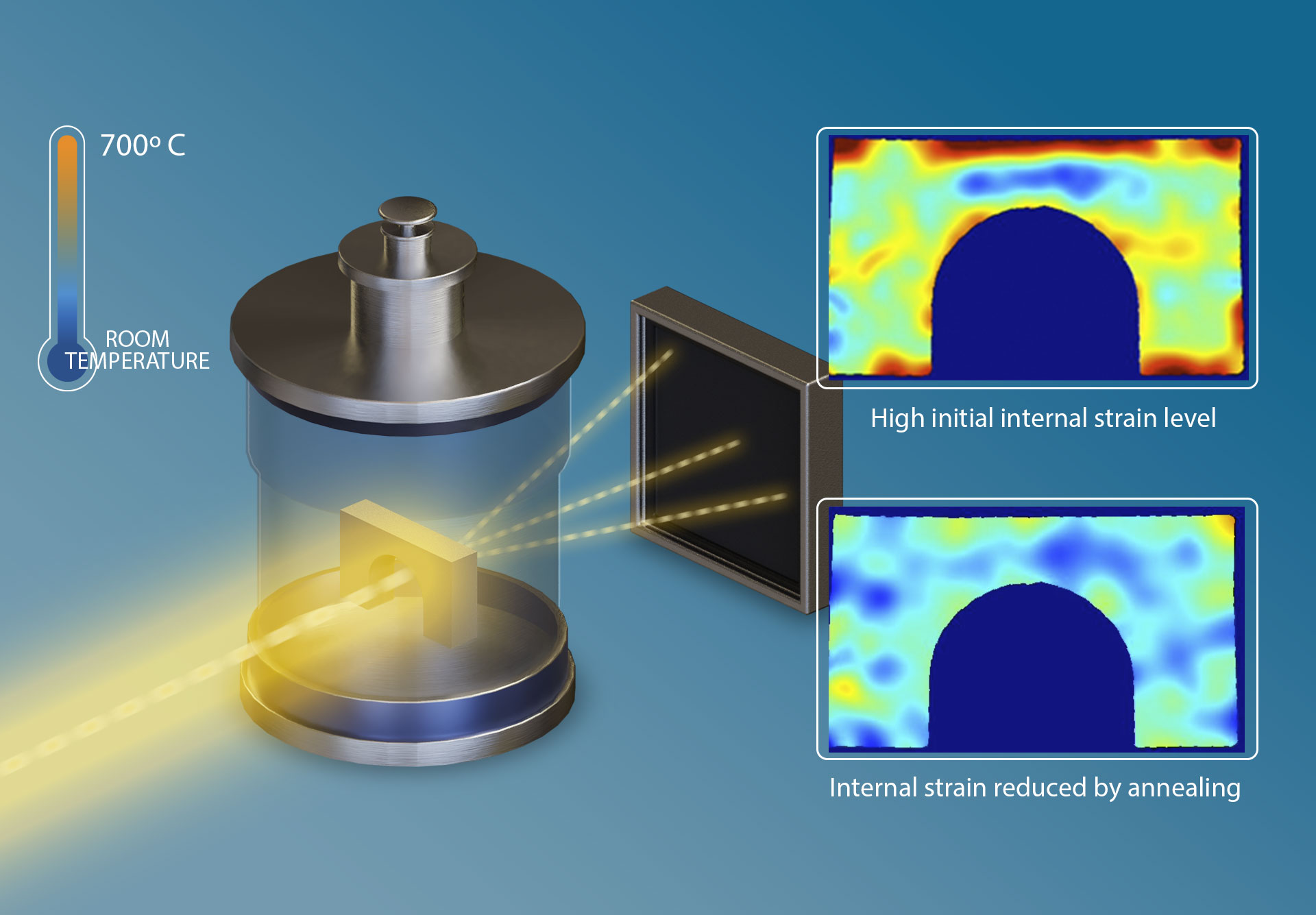
Neutron scattering monitors structures during post-production heat treatment to validate production models.
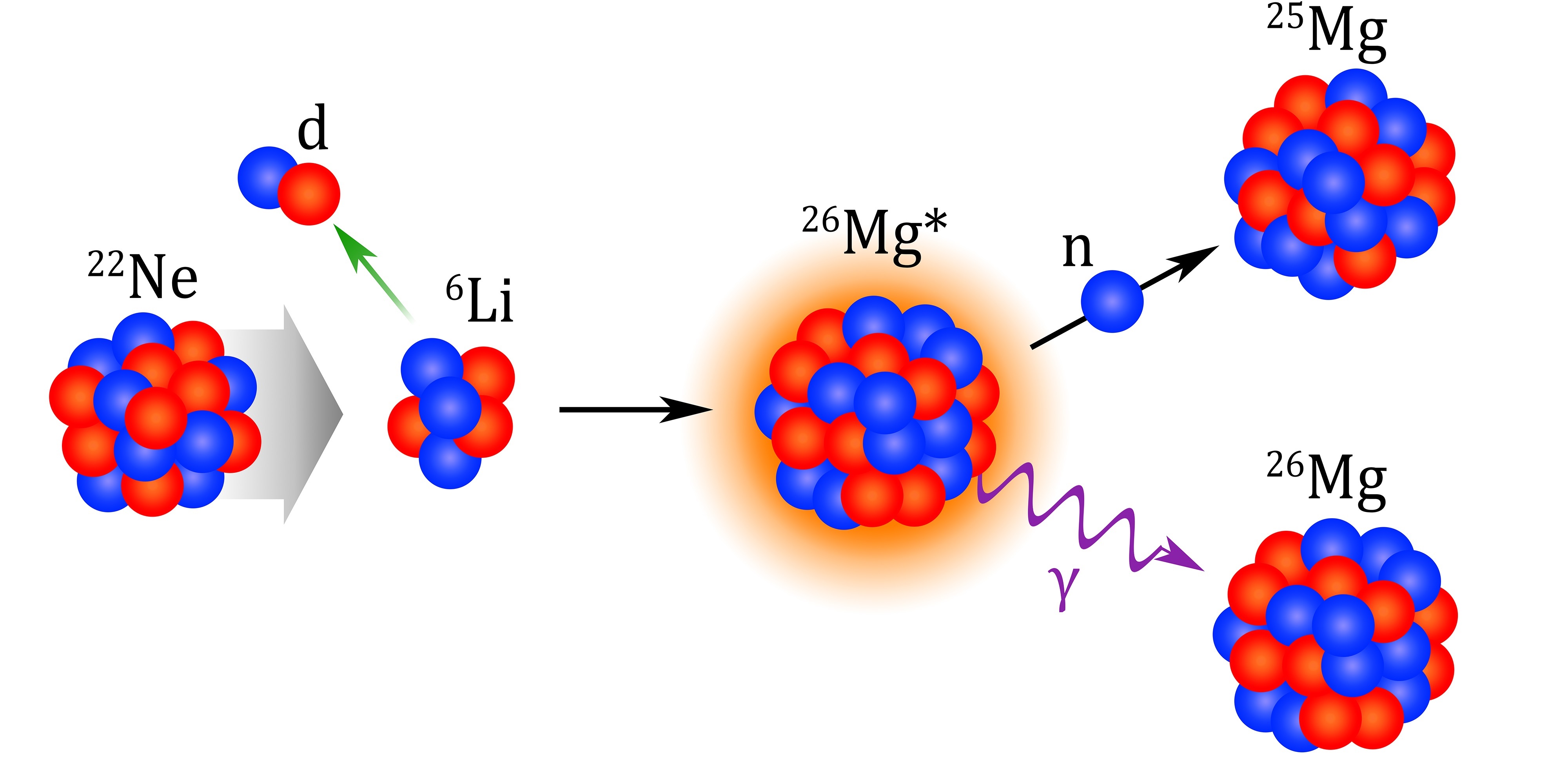
A key reaction in the slow neutron-capture process that forms elements occurs less frequently than previously thought.
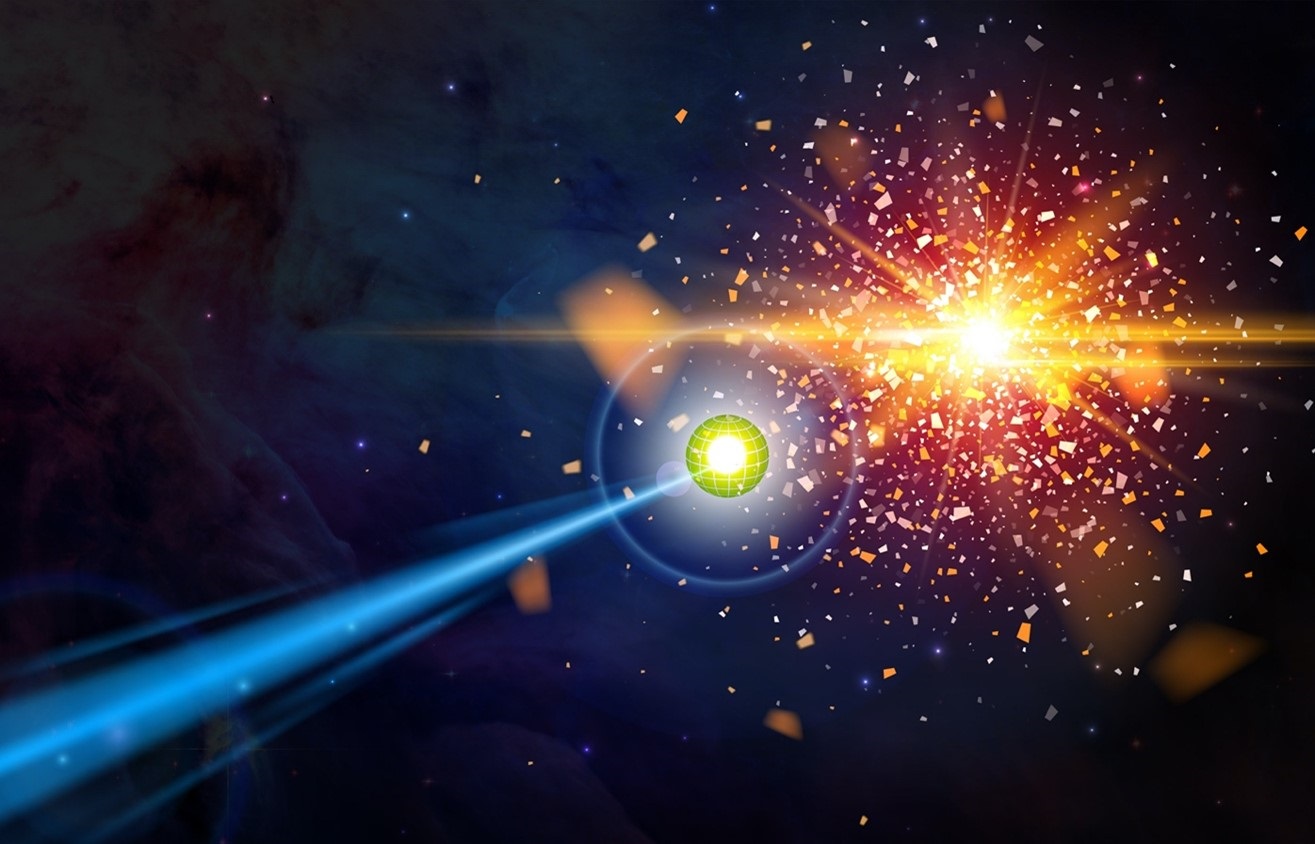
Scientists explore the origin of Aluminum-26 in stars with a nuclear reaction that exploits the fact that neutrons and protons are stunningly similar.
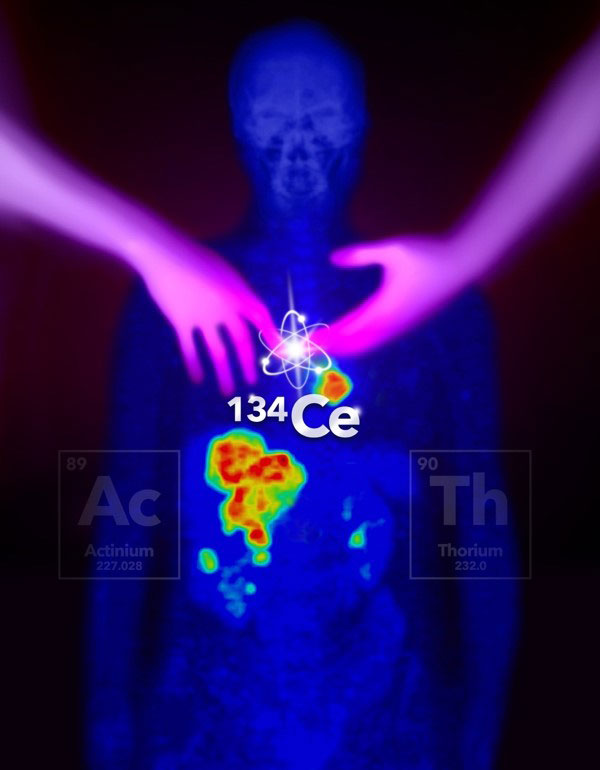
New production methods for cerium-134 advance technologies for imaging human disease and guiding treatment.
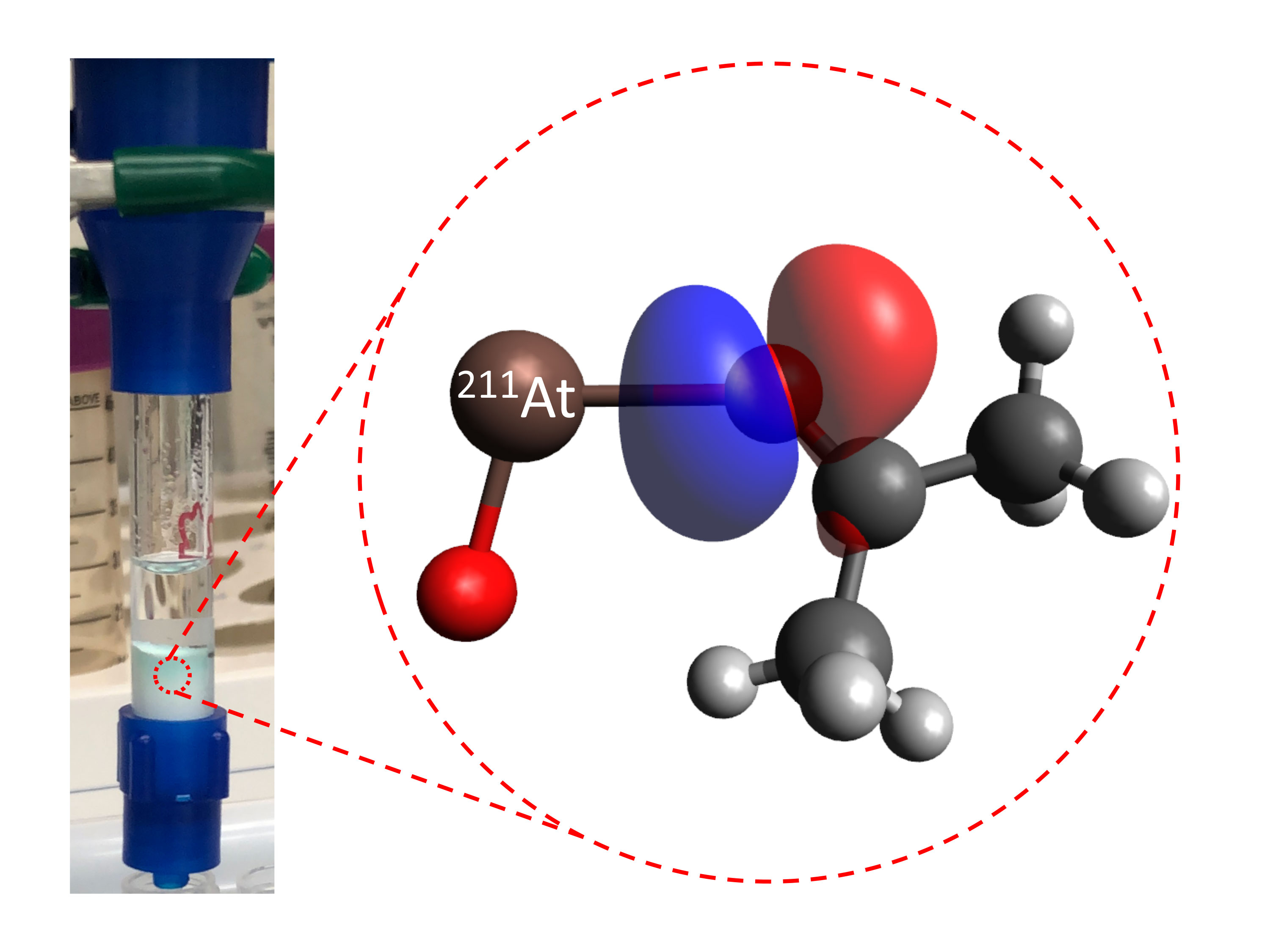
A high-speed, high-yield recovery approach for At-211 means improved availability of this cancer-treating isotope.